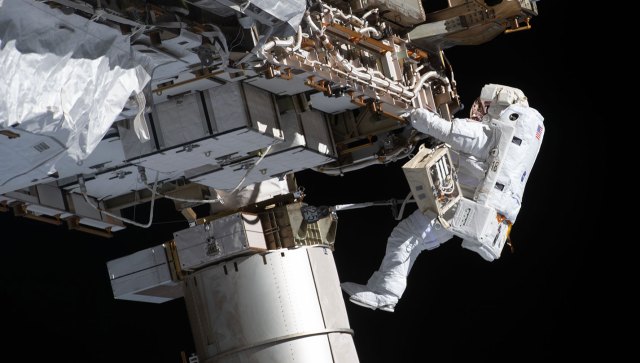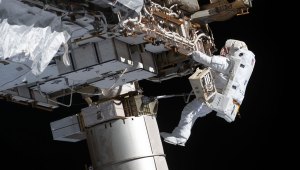NASA’s Dragonfly mission will explore Saturn’s largest moon Titan, collecting data and seeking signs that the unique environment could support life. Today, the NASA Office of Inspector General (OIG) released a report examining the Agency’s management of this ambitious project.
Dragonfly is a car-sized, nuclear-powered rotorcraft designed to travel tens of miles in less than an hour. Over the span of roughly 3 years, Dragonfly will cover about 70 miles, gathering samples to understand Titan’s surface composition, habitability, and prebiotic chemistry.
Although Dragonfly was initially slated to launch in 2026, NASA OIG auditors found that multiple replans have since pushed that timeline to 2028 and increased life-cycle costs by nearly $1 billion. The project’s baseline commitment now exceeds $3 billion—significantly more than past New Frontiers missions that launched at a 5-year cadence. Because Dragonfly is absorbing a large proportion of the Planetary Science Division’s total budget, the Agency has postponed the next New Frontiers mission proposals. The OIG’s new audit outlines five recommendations to improve project management and increase the likelihood of mission success.







